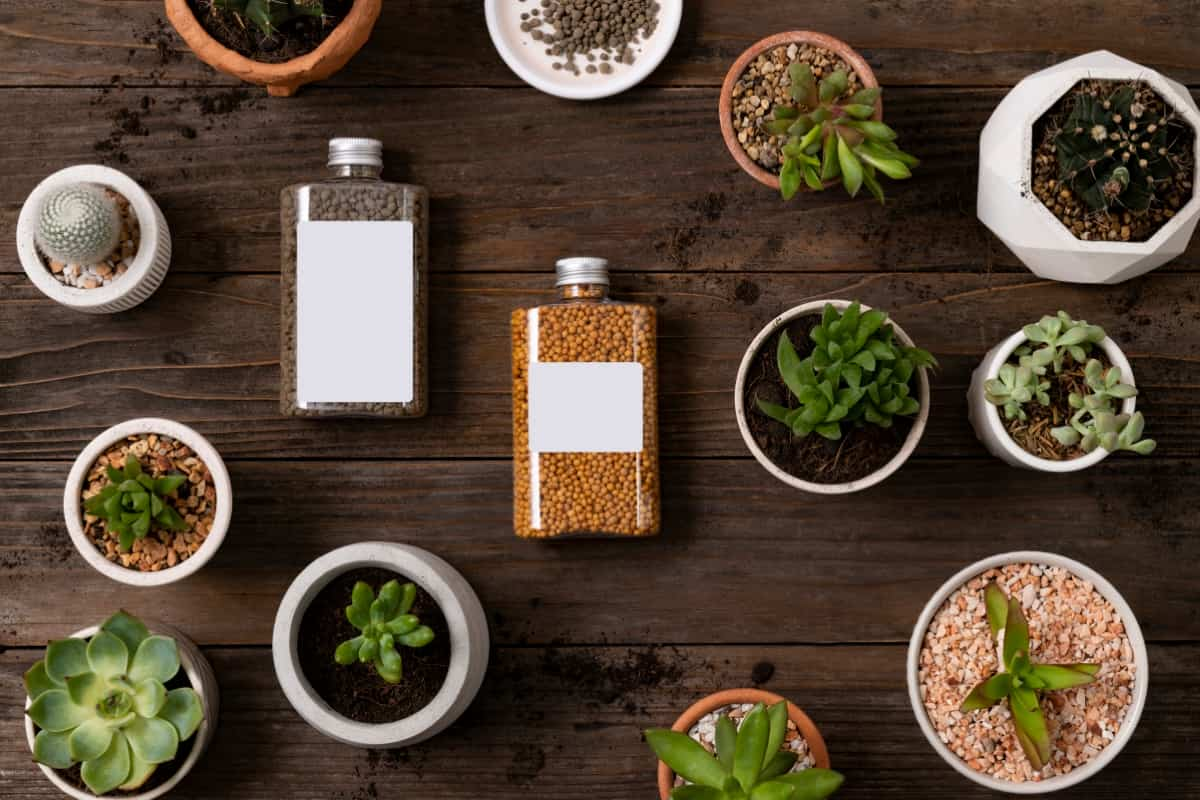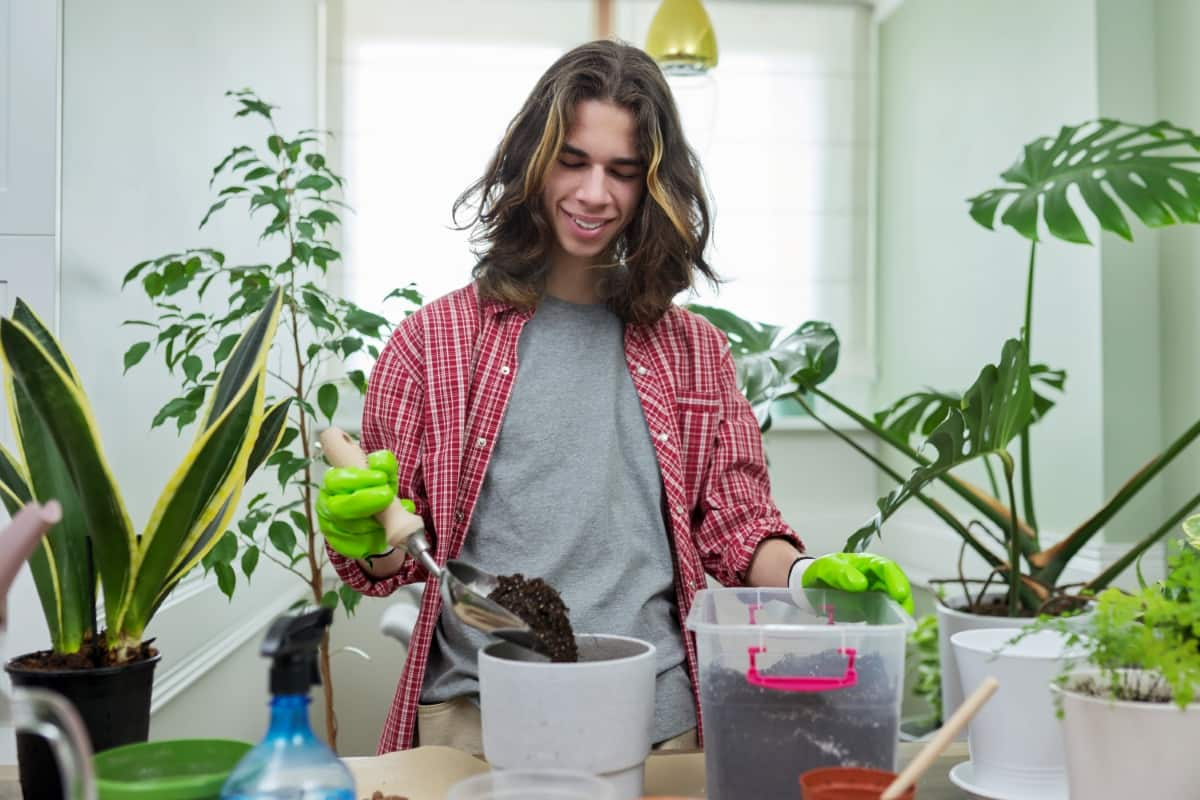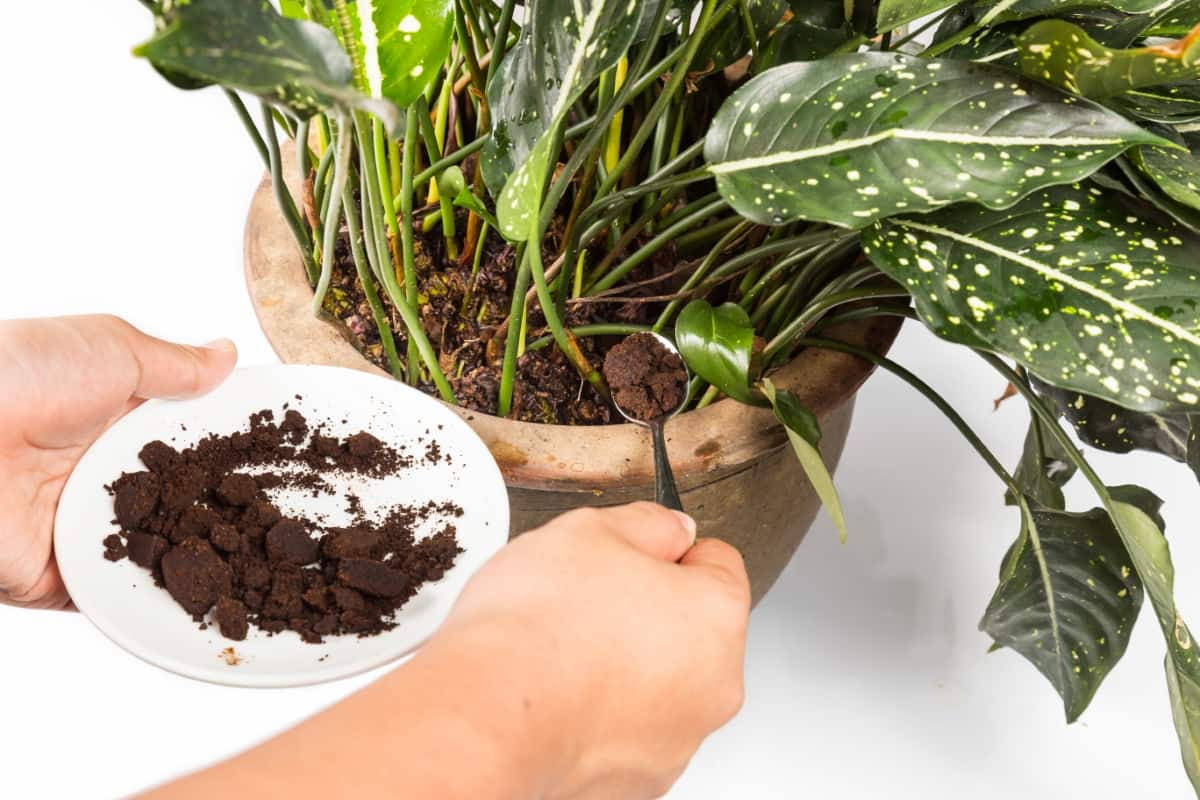Indoor plants need nutrients to thrive, which are provided by houseplant fertilizers. Fertilizers for indoor plants should contain a balance of minerals to promote healthy roots, lush foliage, and beautiful flowers. Choosing the right fertilizer for houseplants cannot be easy. Several types of liquid plant food are available, but certain houseplants require specific nutrients. Consequently, you must choose one that provides micro- and macronutrients to individual house plants. Fertilizers for houseplants are covered in this article.

Best Fertilizer For Indoor Plants
Why Indoor Plants Need Fertilizer
Fertilizing houseplants is necessary to ensure their healthy growth. Regularly feeding indoor plants replenishes the potting soil with essential minerals. Due to their lack of organic matter, indoor plants require fertilization more frequently than outdoor plants. By fertilizing your houseplants regularly, you will ensure that they remain healthy. Regular fertilization ensures plants get essential macronutrients-nitrogen, phosphorus, and potassium-which potting soil lacks.
In What Way Should Indoor Plants Be Fertilized?
Several factors influence the choice of houseplant fertilizer. The types of fertilization you use will depend on the mineral balance and soil type of your plants. Fertilizers for indoor plants should take the following factors into account:
Liquid fertilizers: The application and control of liquid plant food are easy. When your plants need feeding, just dilute to the appropriate strength and fertilize. During dormant winter months, you can hold off on fertilization by using liquid fertilizers. It is difficult to remember when to fertilize when using liquid fertilizers. Getting the quantities right can also be challenging.
Slow-release fertilizers: The nutrients are slowly released into the soil by pods, spikes, and capsules. It is convenient to use this method because you don’t have to remember to feed the plants. However, controlling how much nutrients get into the potting mix is difficult. Small pots benefit from slow-release fertilizers.
Granular fertilizers: This type of fertilizer is best when repotting a plant in fresh soil. Watering the plant releases nutrients from the granules into the soil. The strength of fertilization can be difficult to control, just like slow-release fertilizers.
Organic houseplant fertilizers: There are three types of organic fertilizers: liquid fertilizers, granular fertilizers, and slow-release fertilizers. Plant food made from organic ingredients improves the soil structure and is environmentally friendly. When organic fertilizers are used for houseplants, root burn, and excess minerals are less likely to occur.
Indoor Plant Fertilizer: Which One is Best?
The type of plants you grow will determine the type of fertilizer you need for them. In general, flowering plants require a higher phosphorus ratio. For healthy growth, non-flowering indoor plants require more nitrogen. Most indoor plants should be fertilized with a balanced fertilizer. African violets and begonias, for example, thrive on 7-9-5 NPK. Some flowering houseplants require a combination of 1-3-1, however.
In case you missed it: The Best Fertilizer for Roses: When and How to Apply

Plants with green, leafy leaves need a higher nitrogen ratio. Fertilizers such as 5-5-3 and 5-5-5 are the best option for indoor plants. It is common to use 20-20-20 fertilizer as an all-purpose liquid plant food. Plant types are specifically addressed in commercial potting mixes. Cacti, succulents, and peperomia require different nitrogen, phosphorus, and potassium ratios than calatheas, hoyas, and peperomia. Fertilizer for indoor flowering plants also differs from fertilizer for indoor plants that never flower.
When to Fertilize Indoor Plants?
Fertilizing indoor plants is best done in the spring and summer. Start fertilizing indoor plants in spring and continue through late summer, feeding them as needed. Do not fertilize plants that grow indoors in the fall and winter. You should stop feeding your plants during these months because they are dormant. A plant’s soil freshness also determines when to fertilize it. You won’t need to feed your plants for the next two months if you repot them in spring with fresh potting soil. Fertilizer is generally added to potting soil for specific plants.
How Often Should You Fertilize Indoor Plants?
Regularly fertilize indoor plants during the growing season, which is spring and summer. The plant’s growth rate determines how often fertilizer needs to be applied. Plants that grow vigorously indoors should be fertilized every two weeks. During the third or fourth month of their growth cycle, indoor plants with a slow growth rate need to be fed.
Houseplants shouldn’t be fertilized too often. Mineral salts can build up when fertilizer is applied in high concentrations or when feeding too frequently. Wilting and root burn can happen to plants over time. Excess fertilizer residue can be removed from the potting medium by flushing it.
How to Fertilize Indoor Plants?
It depends on your fertilizer and how to fertilize indoor plants properly. Never over-fertilize, and always follow the manufacturer’s instructions. A teaspoon of liquid fertilizer per four liters of water is required for many liquid fertilizers for indoor plants.
Fertilizing Indoor Plants With Liquid Plant Food
- Follow the manufacturer’s instructions when diluting liquid fertilizer with a measuring cup or spoon.
- Make sure you pour the liquid fertilizer directly into the soil if the liquid fertilizer is designed to be applied to the roots. Keeping the leaves from getting splashed is essential.
- Spray the diluted solution on leaves if the fertilizer is for leaf application.
Fertilizing Indoor Plants With Granular Fertilizer
- Mix the granules into the top three-inch layer (7.5 cm) to prepare the potting soil.
- It is important to water your houseplant thoroughly to release its nutrients.
- Ensure all the water has been drained from the pot.
Fertilizing Indoor Plants With Slow-Release Fertilizer
- Create a hole or several holes in the soil if the pot is large.
- The slow-release spikes can be inserted directly into the soil for effective fertilization.
- Make sure the plant’s stem is halfway between the pot’s edge and the place where you want to place it.
- If your plant grows in a large pot, insert several fertilizer spikes to ensure an even fertilizer distribution.
In case you missed it: The Best Fertilizer for Hyacinth: When and How to Apply

Conclusion
Caring for your indoor plants means giving them the proper amount of water and sunlight. Food is essential for plants to thrive and bloom, especially indoor plants. Using fertilizer is essential to maintaining your plants and ensuring they bloom beautifully. Keeping your indoor plants healthy and happy requires fertilizer.
- Feed Your Flock for Less: Top 10 Tips to Save on Chicken Feed
- Ultimate Guide to Ossabaw Island Hog: Breeding, Raising, Diet, and Care
- Hatching Answers: The Top 10 Reasons Your Chickens Aren’t Laying Eggs
- Eggs and Economics: Breaking Down the Cost of Raising Backyard Chickens
- Defend Your Greens: Proven Methods to Keep Iguanas Out of Your Garden
- Ultimate Guide to Cinnamon Queen Chicken: A Comprehensive Guide for Beginners
- Ultimate Guide to California Tan Chicken: Breeding, Raising, Diet, Egg-Production and Care
- Ultimate Guide to Marsh Daisy Chicken: Breeding, Raising, Diet, and Care
- 10 Types of Chicken Farming Businesses You Can Start for Profits